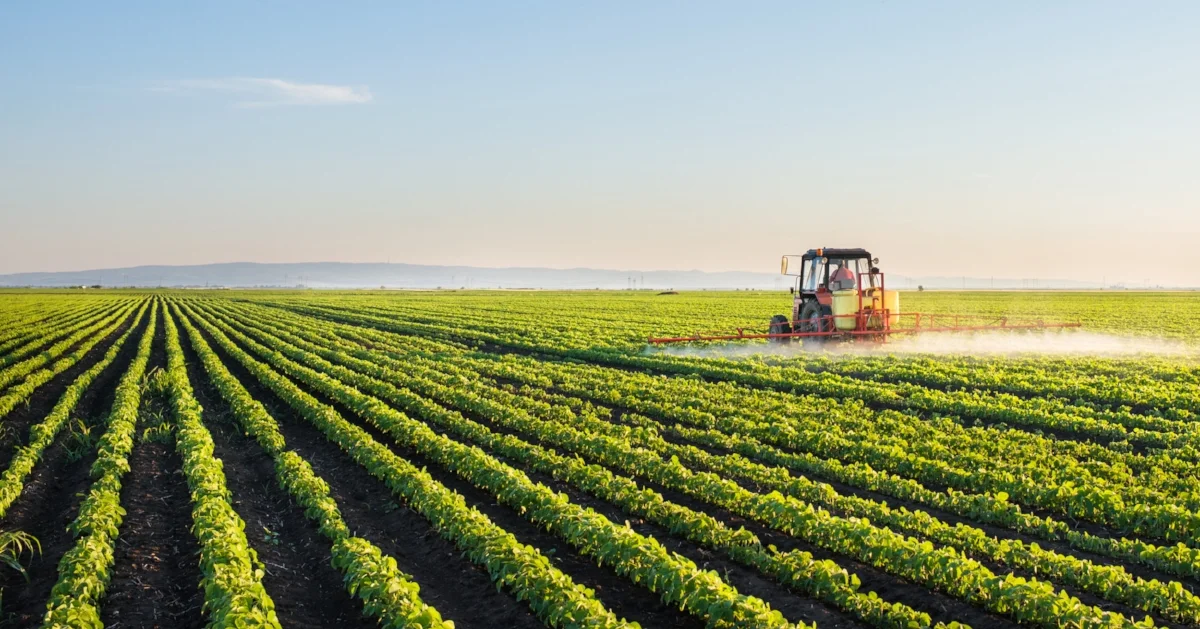Each year the USDA, through the National Agricultural Statistics Service (NASS), reports on agricultural land values. Generally speaking farm real estate average values per acre have stayed relatively stable in New Mexico, Colorado, Montana, and Wyoming from 2015 to 2019. Across the Mountain Region, values have risen 8% over five years in large part due to a significant rise in values in both Idaho and Utah.
PACIFIC REGION USDA NASS FARMLAND VALUES FOR 2018
2018 USDA NASS FARMLAND VALUES MOUNTAIN REGION
DONATING PROPERTY TO REALIZE FUTURE LAND USE GOALS
MONTANA LAND VALUATION INSIGHTS
2017 FARM LAND VALUES ACROSS THE INTERMOUNTAIN WEST
Nationwide, farm real estate values average $3,080 per acre in 2017, up $70 an acre or 2.3 % from 2016. The Mountain region has the lowest farm real estate value at $1,130 per acre. The value of cropland in the same region increased 1.1% year-over-year to $1,780 and pasture land values rose 1.3% to $625 per acre in 2017.
NORTHWEST LAND VALUES FIRST HALF 2017
According to the latest release from Northwest Farm Credit Services, agricultural real estate values in Washington, Oregon, Idaho, and Montana, are stable and increasing through the first half of 2017. Despite weaker commodity prices and less than favorable weather patterns in parts of the northwest, the constrained supply of properties for sale has continued to stabilize land values.
MARKET SNAPSHOT OF NORTHWEST AG PROPERTY LAND VALUES
Northwest Farm Credit Services releases a Market Snapshot of land values quarterly. Their latest issue details market trends through 2016. The decrease in number of sales in 2013 - 2015 reflects constraints in supply rather than weak demand.
Across the region, demand remains strong for working ranches and good-quality agricultural properties due to a strong demand for grass and a limited inventory of good-quality properties. As is typical in the market, properties with premier recreational features or locales with limited private ownership are in highest demand.








